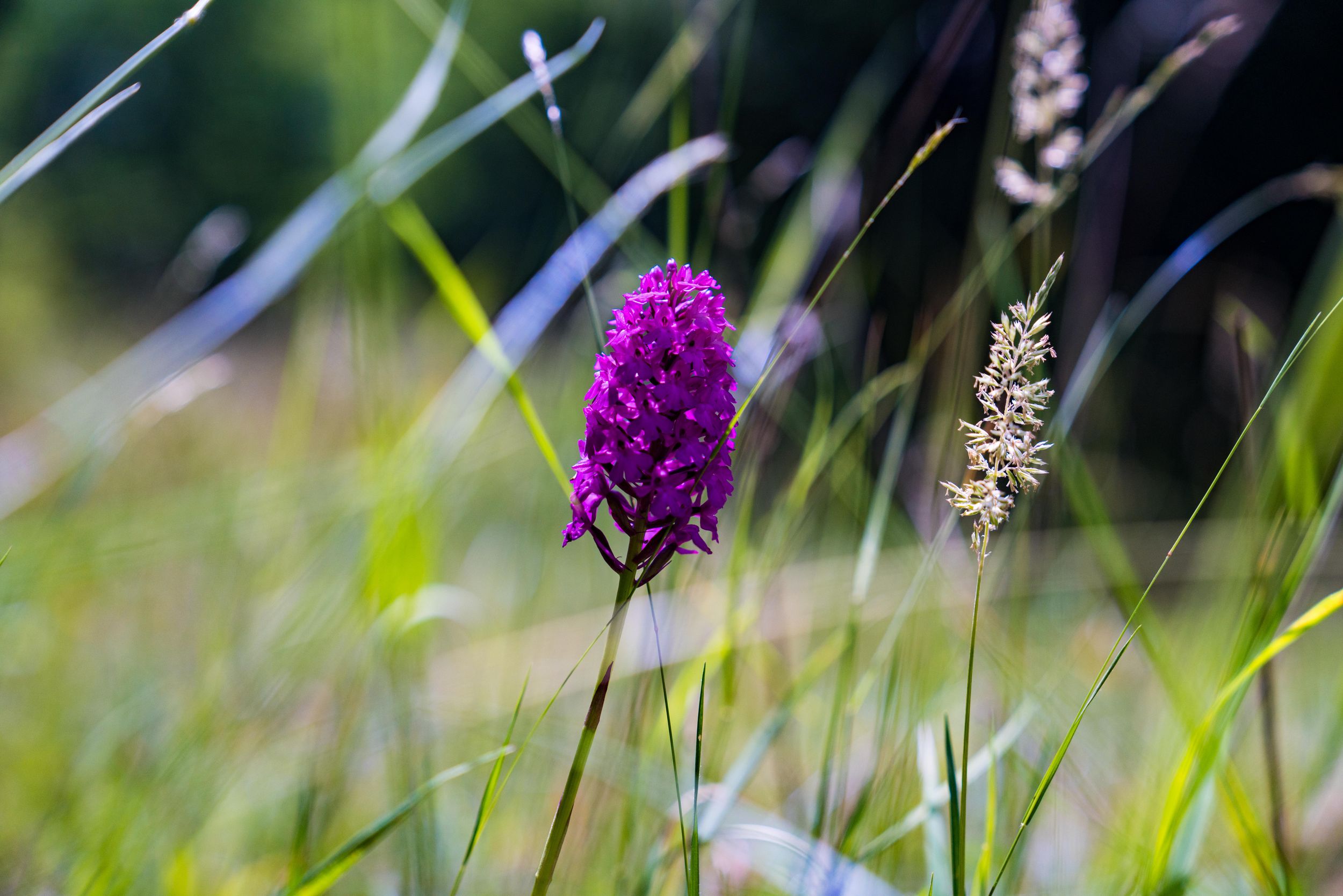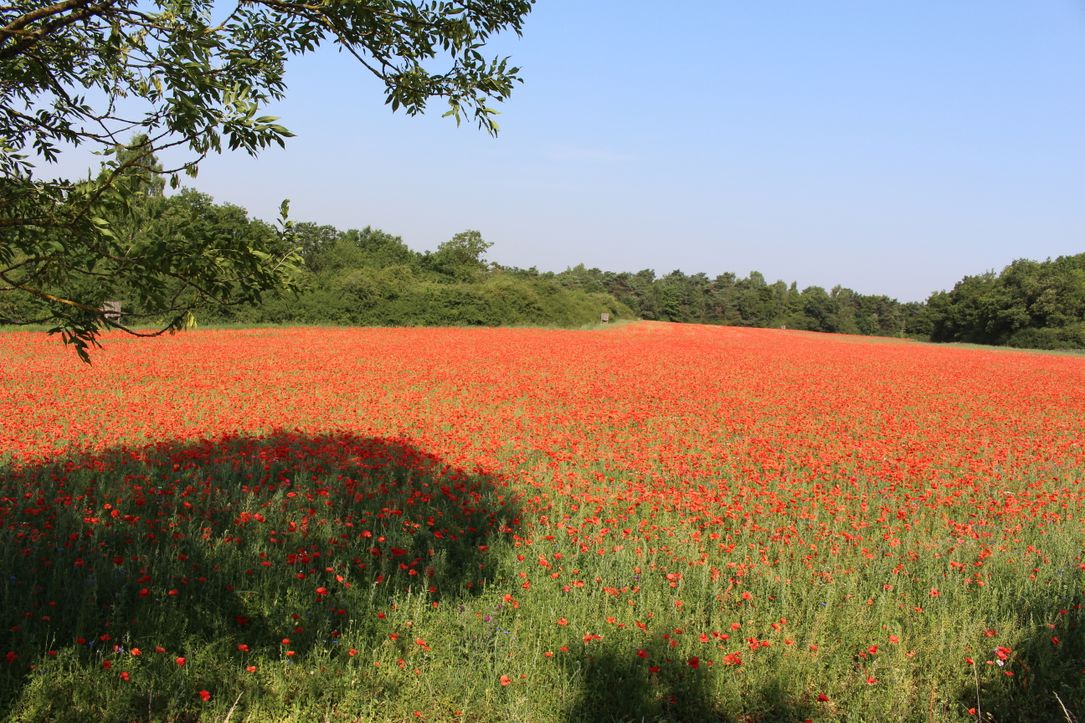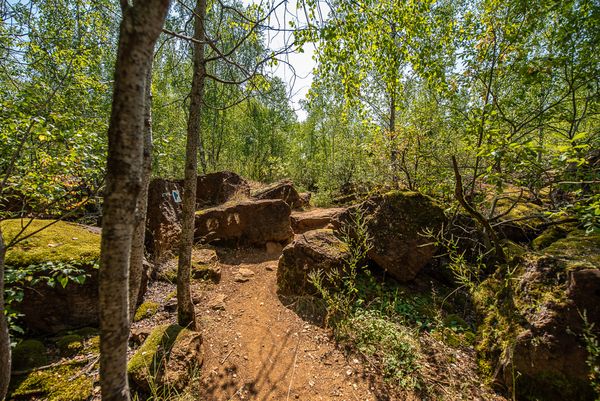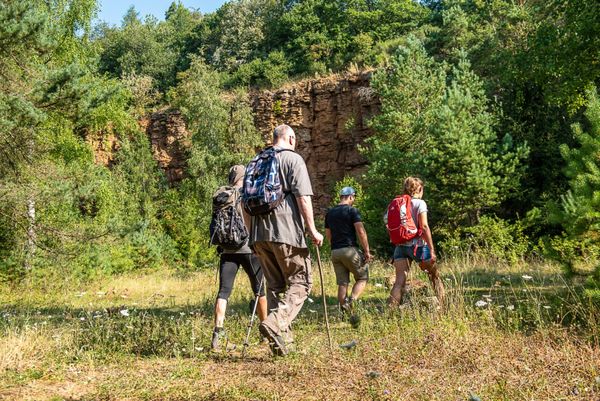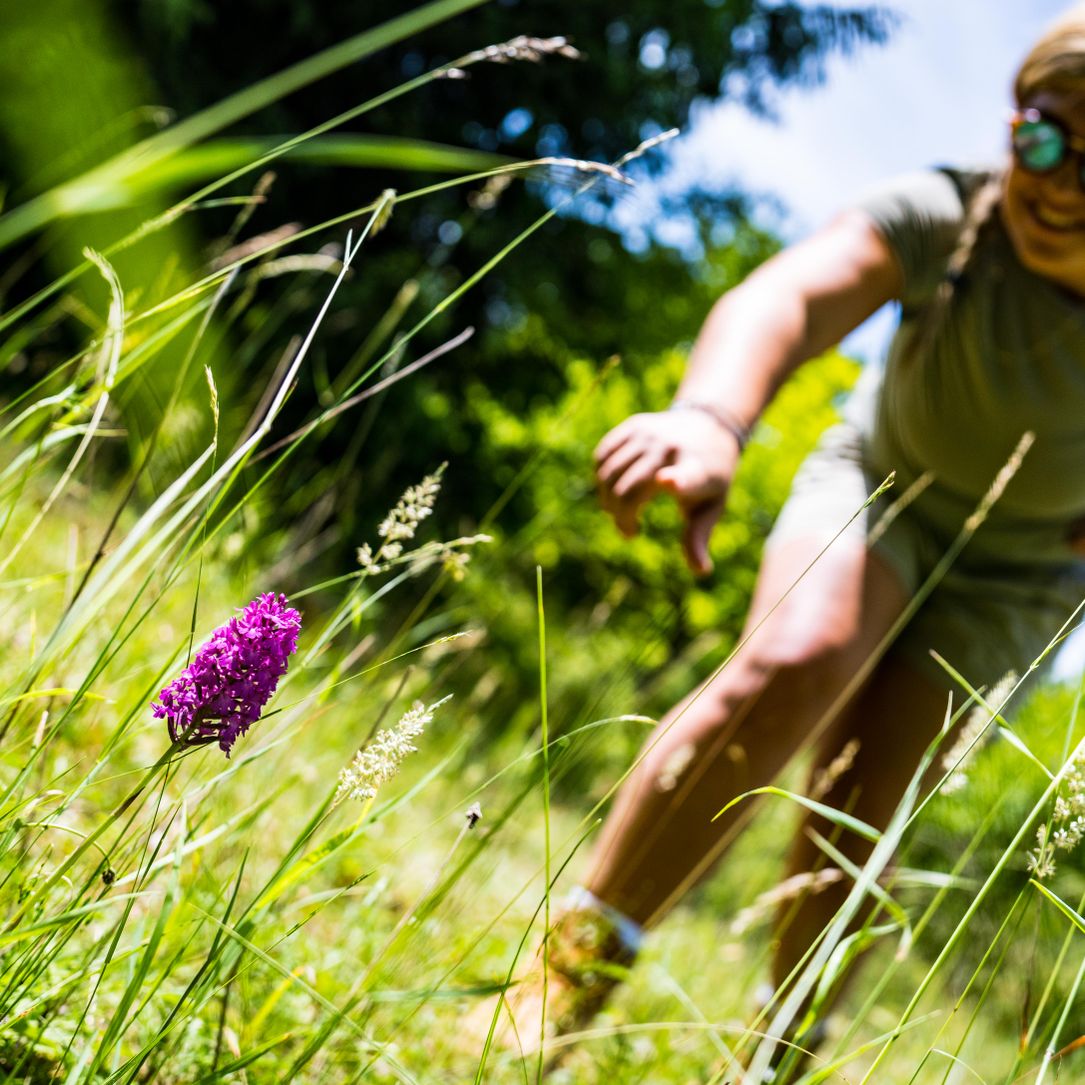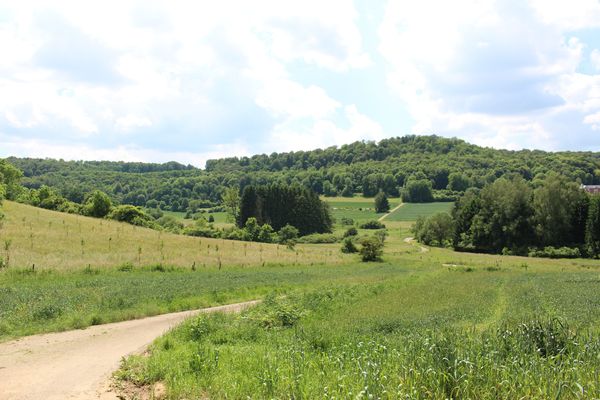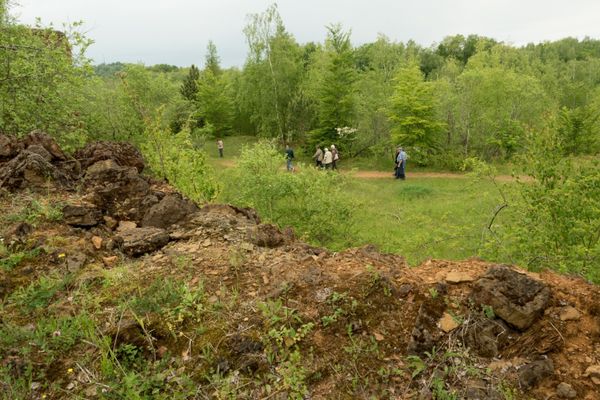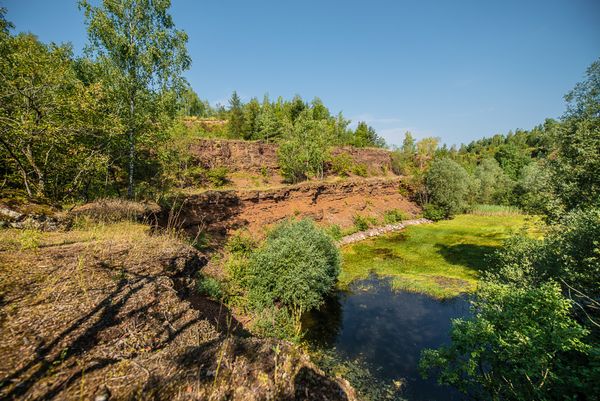Fascinating flora and where to find it
The Minett region is a veritable treasure trove of nature highlights; it is home to a wide variety of indigenous species that inhabit the former open pit mining areas that are so characteristic for this region, with all of its mining areas abandoned during the steel crisis of the late 20th century now having been turned into expansive nature reserves. They harbor an incredible selection of particular animals and plants which cannot be found anywhere else in Luxemburg. A total of 14 official nature reserves are home to - amongst others - beautiful butterflies like the Jersey tiger, the rare Large blue or the Marsh fritillary, to other insects like the European Mantis but also to larger species likestorks and water buffaloes, as well as bats, the Yellow-bellied toad and the Wood lark, all of whom enjoy a protected status in the Minett UNESCO Biosphere and its nature reserves.
Not wanting to look like a slouch in comparison to its representatives from the animal kingdom, the flora of the Minett region has equally evolved to carve out a particularly interesting and beautiful niche. Dense oak and birch forests, hardy plants and vegetation that covered the old mining areas after they were left to their own devices, turned them from a near-lunar moonscape to a beautiful landscape, teeming with fresh life. This way, the nature reserves also present a big boon for nature lovers who like to enjoy dense forests and beautiful meadows. Speaking of meadows: Since the entire area is proteced and groundskeeping is therefor prohibited, the undergrowth and grass is kept in check by an ingenious solution - the Minetter Schof are a herd of sheep who are grazing throughout the region, traveling from one nature reserve to the next and keeping everything neat and, on occasion, tidy.
Two of the most popular nature highlights for the regions visitors can be found among the more open spaces, commonly covered by dry brush and grasslands; it is here that you can find wild orchids and vast fields of bright red poppies. You can find our tour suggestions for seeing these beautiful flower formations below, but of course there's plenty more discovery hikes, bike tours and visits to discover that will traverse the same parts.
